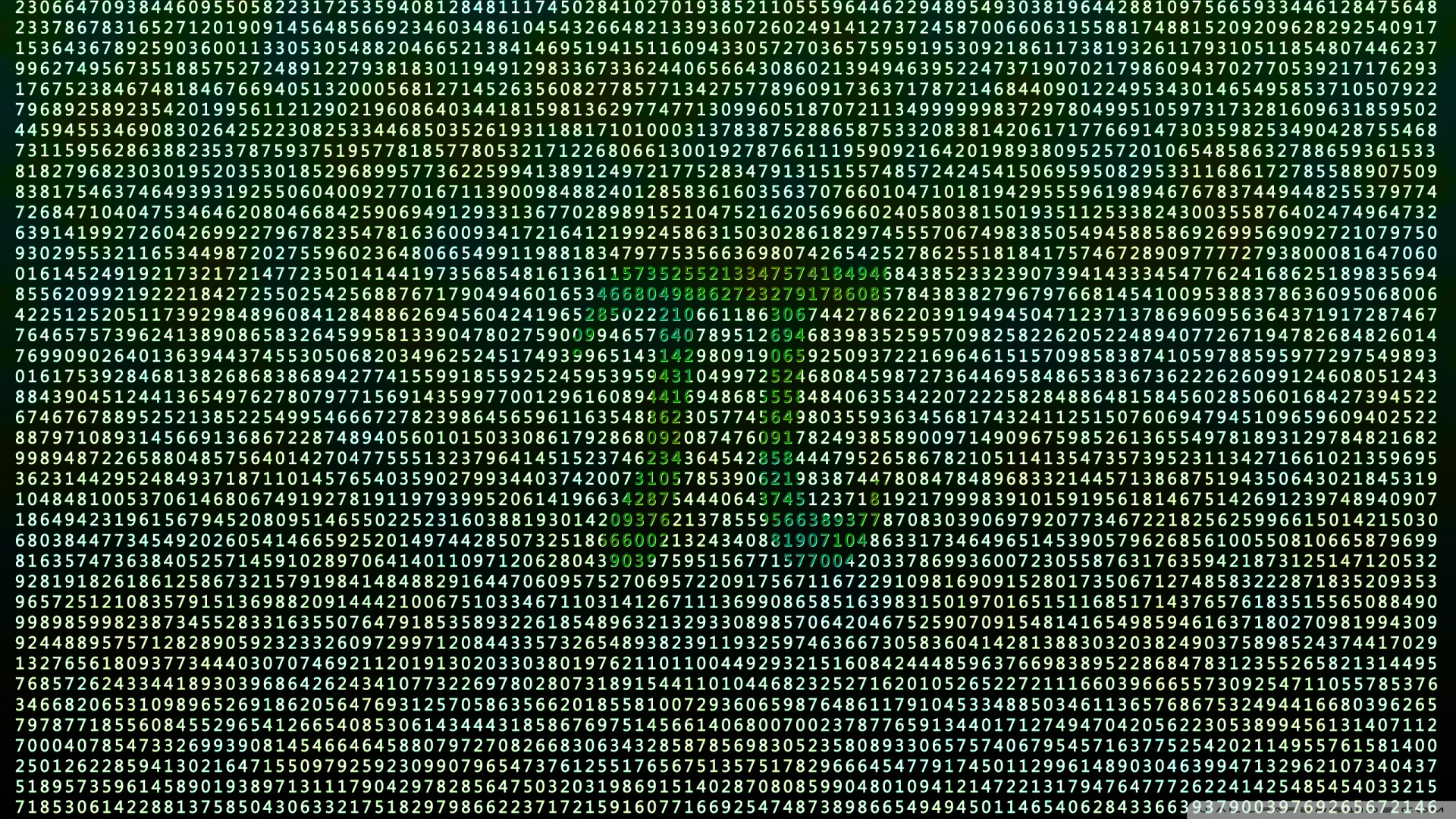
In addition to his important work in mathematical theory, Euler applied those theories to the development of complex, multi-lens microscopes and telescopes, as we can see in several of his books in our collections. Like many intellectuals of his time, Euler did not limit his pursuits to one branch of science. The complete dictionary of arts and sciences, 1764 by Temple, Williams, and Clark et al.Īlthough he was not the first to use the symbol π (the Greek letter p) to represent the perimeter of a circle, the renowned Swiss mathematician Leonhard Euler was responsible for making it the standard symbol for Archimedes’ Constant.

According to a 1764 dictionary of arts and sciences, which we hold in the History of Medicine collections, this challenge “has put some of the most celebrated men in all ages upon endeavouring to approximate it.” The first person to calculate 35 digits of Pi, Ludolph van Ceulen, was so proud of the feat that he had the number engraved on his tombstone when he died in 1610.
#First person to calculate pi series
Maybe it’s because it is an irrational number with an infinite series of randomly distributed digits, making it an unusual challenge to calculate and memorize an ever-increasing string of numbers. There are many other constants-Pythagoras and Euclid both predated Archimedes and developed their own formulae with geometrical constants-but something about Pi is special. It’s hard to say why this particular number has so thoroughly captured the human imagination, achieving almost mystical status among mathematicians. This fascination continues today, quite literally, with Pi Day. Since Archimedes’ developed his constant, generations have been fascinated by it. Illustrations in Tractatus de sphere, ca. The National Library of Medicine holds a 14th-century German translation of this manuscript, replete with diagrams showing the properties of spheres and the orbits of celestial bodies. One of the most prominent mathematicians of the medieval period, Johannes Sacro Bosco, made use of this ratio in the 13th century when he wrote the definitive text on spherical astronomy, a text that influenced such luminaries as Copernicus and Galileo. Archimedes’ calculations paved the way for generations of subsequent scholars to refine the ratio over the next two millennia. Using this method, he determined that the ratio was slightly less than 22/7, which was incredibly accurate for the time. Įarly mathematicians noted that the circumference of a circle is a little more than three times its width, and as far back as the 3rd century BCE the Greek scholar Archimedes developed a way to calculate this constant number using a 96-sided polygon to approximate a circle.

Pi Day is the internationally-recognized event when communities of various disciplines come together to celebrate the importance and significance of the Greek letter π, the symbol used in mathematics to represent a constant-the ratio of the circumference of a circle to its diameter-which is approximately 3.14159.


 0 kommentar(er)
0 kommentar(er)
